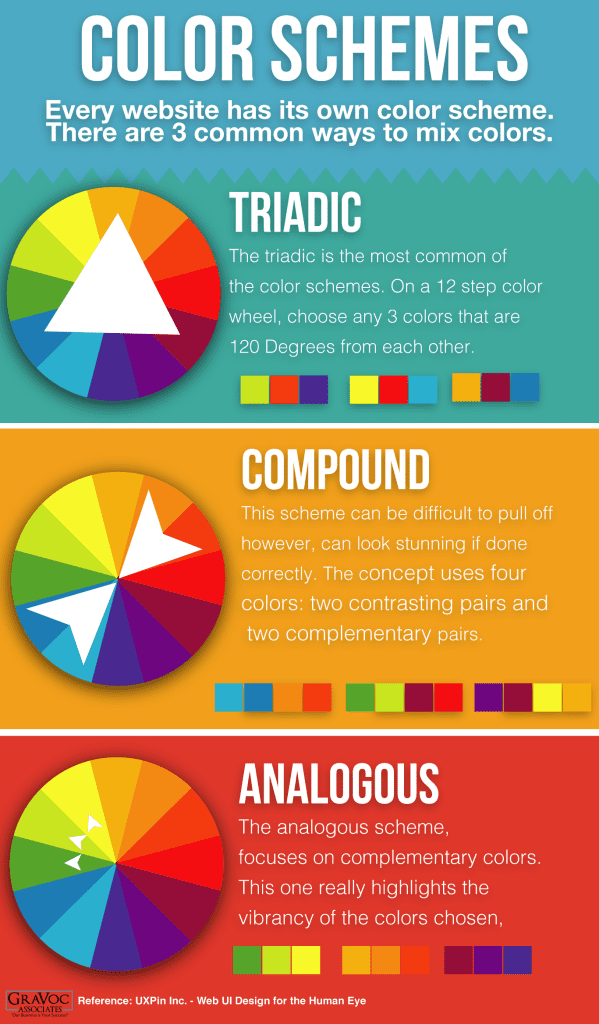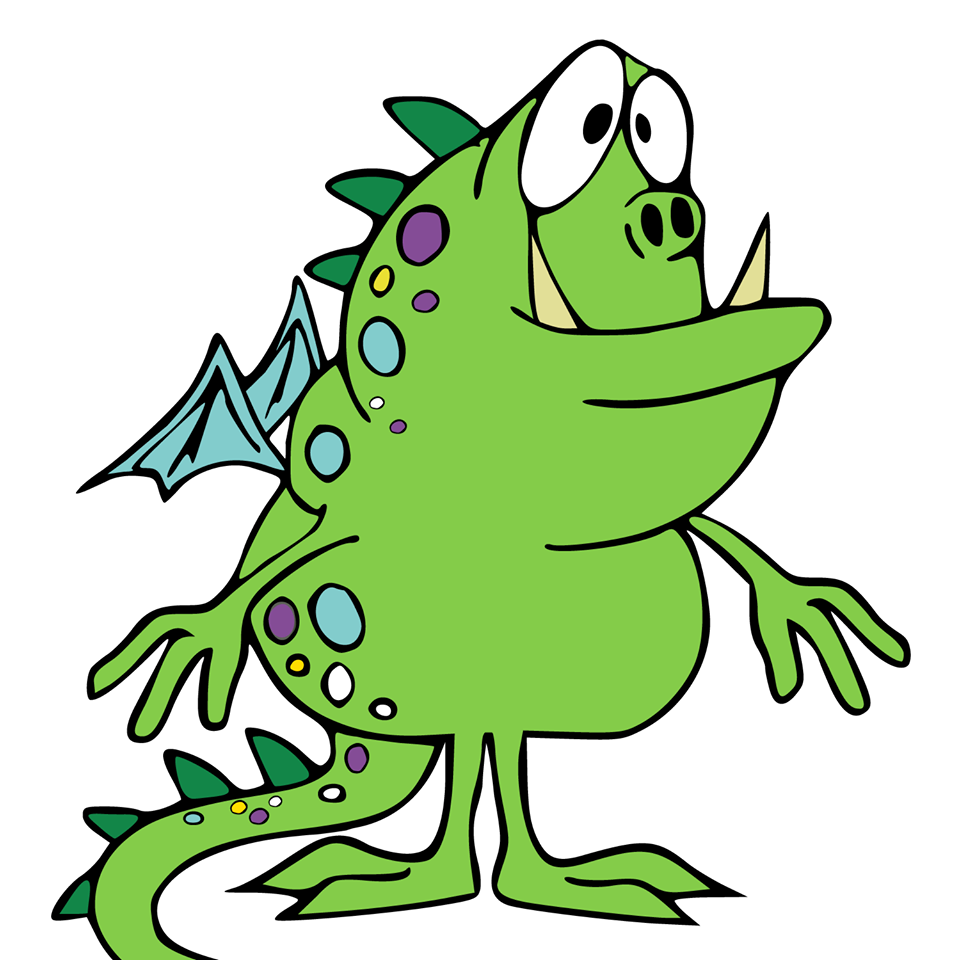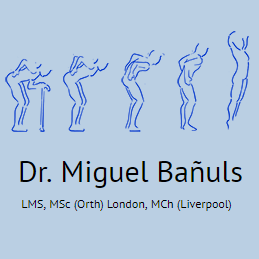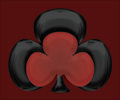Color psychology in web design plays a crucial role in shaping user interactions and perceptions as they browse the digital world. The vibrant hues displayed on your website do more than just please the eye; they evoke an emotional response to colors that can ultimately influence users’ decisions. By harnessing the influence of colors on users, designers are able to engineer experiences that go beyond aesthetics, driving engagement and conversions. Understanding the cultural significance of colors adds another layer of depth, ensuring that a website resonates with a diverse audience while adhering to web design color trends. Lastly, prioritizing accessibility in web design helps guarantee that all users, regardless of visual ability, can enjoy the full impact of thoughtfully chosen colors.
The study of how colors affect user behavior in digital spaces is often referred to as color significance in design, extending to our emotional responses evoked by different shades and tones. This fascinating synergy between hue and human interaction enables designers to craft websites that not only attract attention but also resonate on a deeper emotional level. Harnessing the essence of chromatic influence guides designers in establishing visual narratives that facilitate user engagement and bolster brand allegiance. By considering cultural interpretations of colors, strategists can further align their design approaches with diverse audience expectations, all while keeping current web design color trends in mind. Moreover, maintaining a keen focus on accessibility ensures that vibrant color schemes remain inclusive, enhancing the overall user experience.
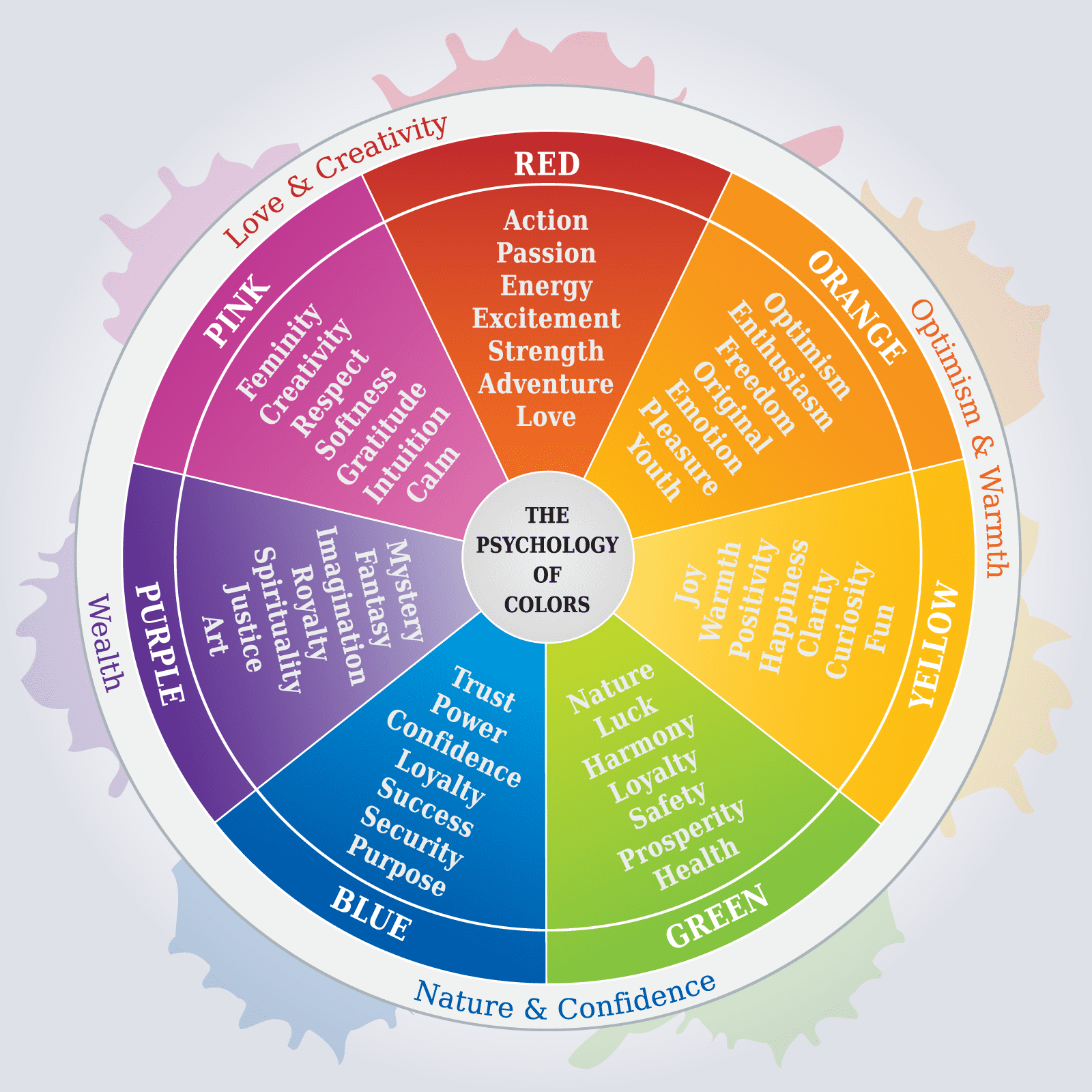
The Emotional Palette: Colors and Their Resonances
In the world of web design, colors are not mere aesthetics; they are the heartbeat of communication. When a user lands on a website, their first instinctual reaction is often influenced by the color palette presented before them. **Blue** offers a sense of calm, a wave of trust that washes over those looking to engage with a brand. It embodies serenity, which explains its prominent use in the financial sectors where security is paramount. Designers know this; they wield blue like a brush upon a canvas, painting a reliable digital world.
Contrast this with **red**—a color that stirs the heart and ignites the spirit. It radiates urgency and passion, practically shouting to users, “Look here! Act now!” Take, for instance, an online sale highlighted in bright red: **”Limited Time Offer!”** The bold hue isn’t just a color; it’s a call to action that whispers urgency into the ears of those who gaze upon it, provoking an almost instinctual response in their minds. Designing with this awareness transforms a simple web interaction into a potent psychological play.
Navigating the Conversion Landscape with Color Choices
Colors can be the silent persuaders in the e-commerce realm. A simple shift in hue can radically enhance a website’s performance. Imagine an A/B test that reveals shifting a CTA button from a mild green to an eye-catching **orange** resulted in a riveting **21% increase** in conversions. Such a statistic is not just impressive; it’s a testament to the art of thoughtful design. Designers engage in an intricate dance, managing how color dialogues with user intentions, driving engagement through smartly chosen shades.
Thus, one cannot merely toss colors onto a website with reckless abandon. Each color must be premeditated, selected according to the feeling it conveys. A soft green might evoke tranquility, but in the context of urgency, it falls flat. The vibrant pop of orange beckons users, ensuring their attention doesn’t waver. This is not just web design; this is a masterclass in behavioral psychology framed within colors that compel interaction, shaping user habits one click at a time.
The Cultural Tapestry: Colors Beyond the Surface
However, color is also a storyteller of culture and perception. What is famous in one part of the world can be lost in translation elsewhere. **White**, often synonymous with purity and new beginnings in Western traditions, turns somber in Eastern cultures, where it aligns itself with mourning. Designers must tread carefully, weaving their digital narratives with sensitivity and awareness of the cultural tapestry that envelopes their audience.
Research becomes indispensable here; understanding the emotional weight colors carry across diverse backgrounds allows designers to craft experiences that are not only engaging but transcendent. A palette selected without cultural context might confuse and alienate, where it should in fact connect and resonate. Thus, the designer stands at a crossroads, with colors guiding their choices, creating pathways toward understanding and communion between brand and user.
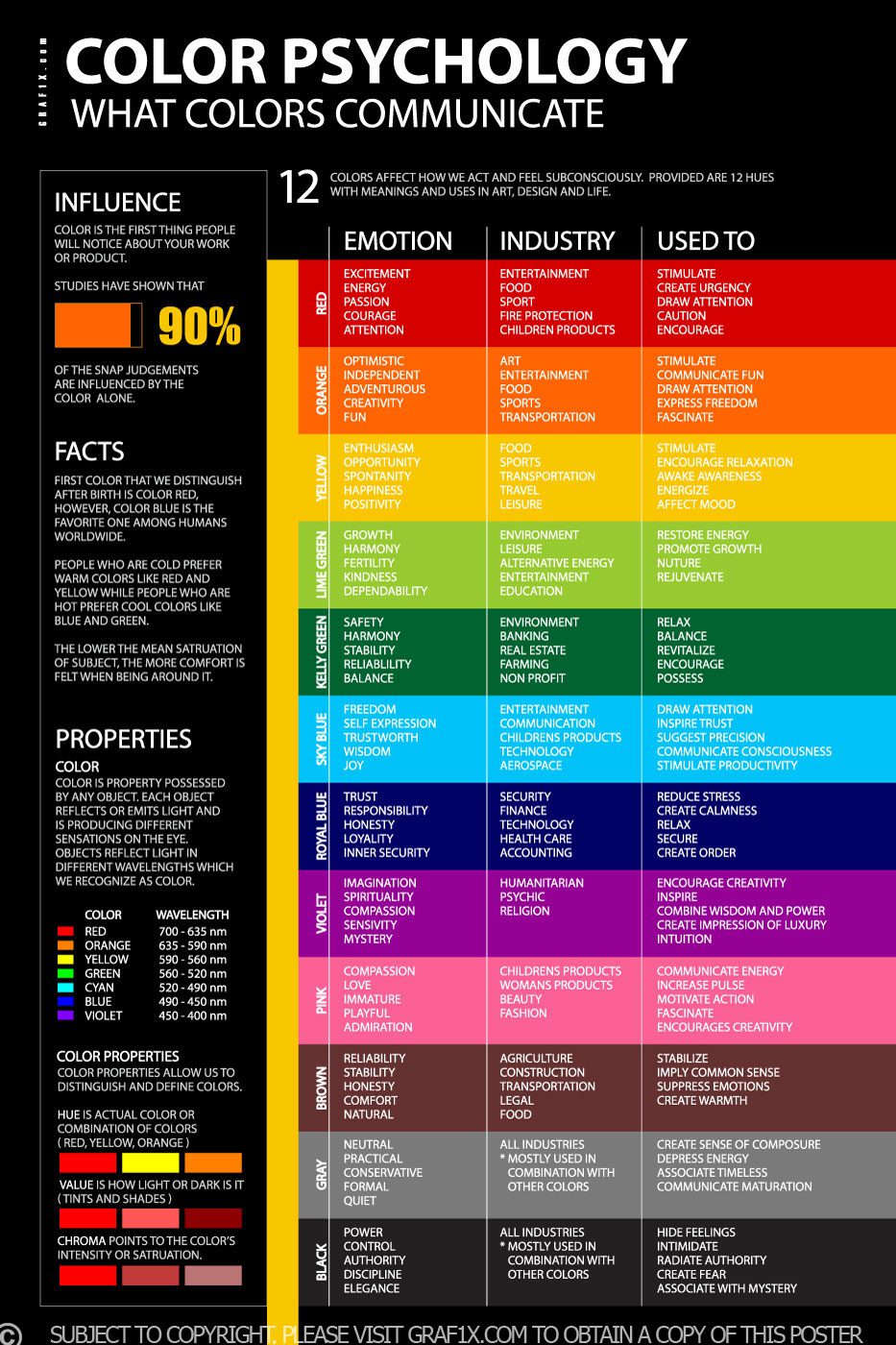
The Essence of Color Psychology in Web Design
In summary, the essence of color psychology greatly influences web design, entwining emotions and actions into a dance of digital interaction. By understanding how colors can evoke feelings, designers unlock a powerful tool for shaping user experiences and behaviors. Consider the ongoing journey of design as more than mere aesthetics; it becomes a dialogue where colors communicate directly with the audience’s mind and heart.
– Colors serve as emotional triggers, shaping perceptions and guiding decisions.
– Strategic color choices can enhance brand trust and resonate with users, enhancing their connection to the content.
Moreover, blending color with cultural awareness and accessibility fosters a design philosophy that prioritizes user inclusivity, paving the way for a truly engaging online presence. As designers delve deeper into the psychological impact of hues, they are empowered to craft experiences that are not only beautiful but also meaningful.
– Cultural context enriches design, preventing misunderstandings while celebrating diversity.
– Accessibility standards guarantee a wider reach, ensuring that no one is left behind in the visual symphony of your web experience.
Final Thoughts on Colors and User Engagement
Ultimately, the journey through the spectrum of color psychology reveals that every shade possesses the potential to spark emotions and inspire action. As web designers, embracing this knowledge is paramount for creating not just functional webpages but delightful user journeys. By harmonizing color theory with user-centered design, professionals can craft a tapestry that invites users in, compelling them to unravel the layers of content within.
– Continuous experimentation with colors can lead to breakthroughs in user engagement.
– Tracking user interactions provides insight into which hues truly resonate with your audience.
In wrapping up this exploration, it becomes clear that mastering color psychology extends beyond the surface; it dives into understanding the complex human experience. As you reflect on your design processes, remember how colors can act as silent narrators of your brand’s story. Be bold in your color application, and let each choice resonate with intention and purpose.
– Data-driven assessments can guide future design decisions, fostering innovation.
– Engaging with trends while maintaining a unique voice will elevate your design to new heights.

